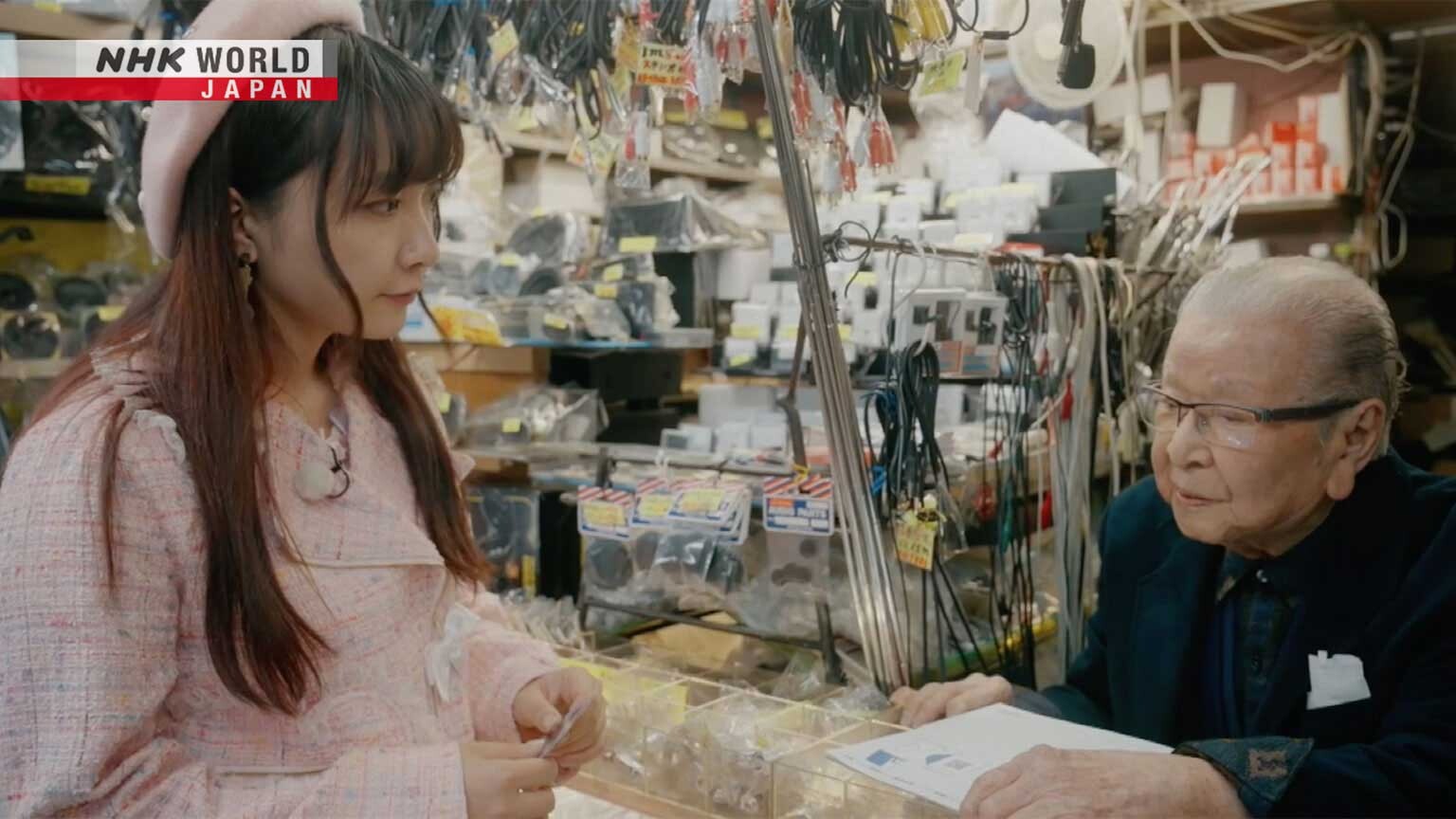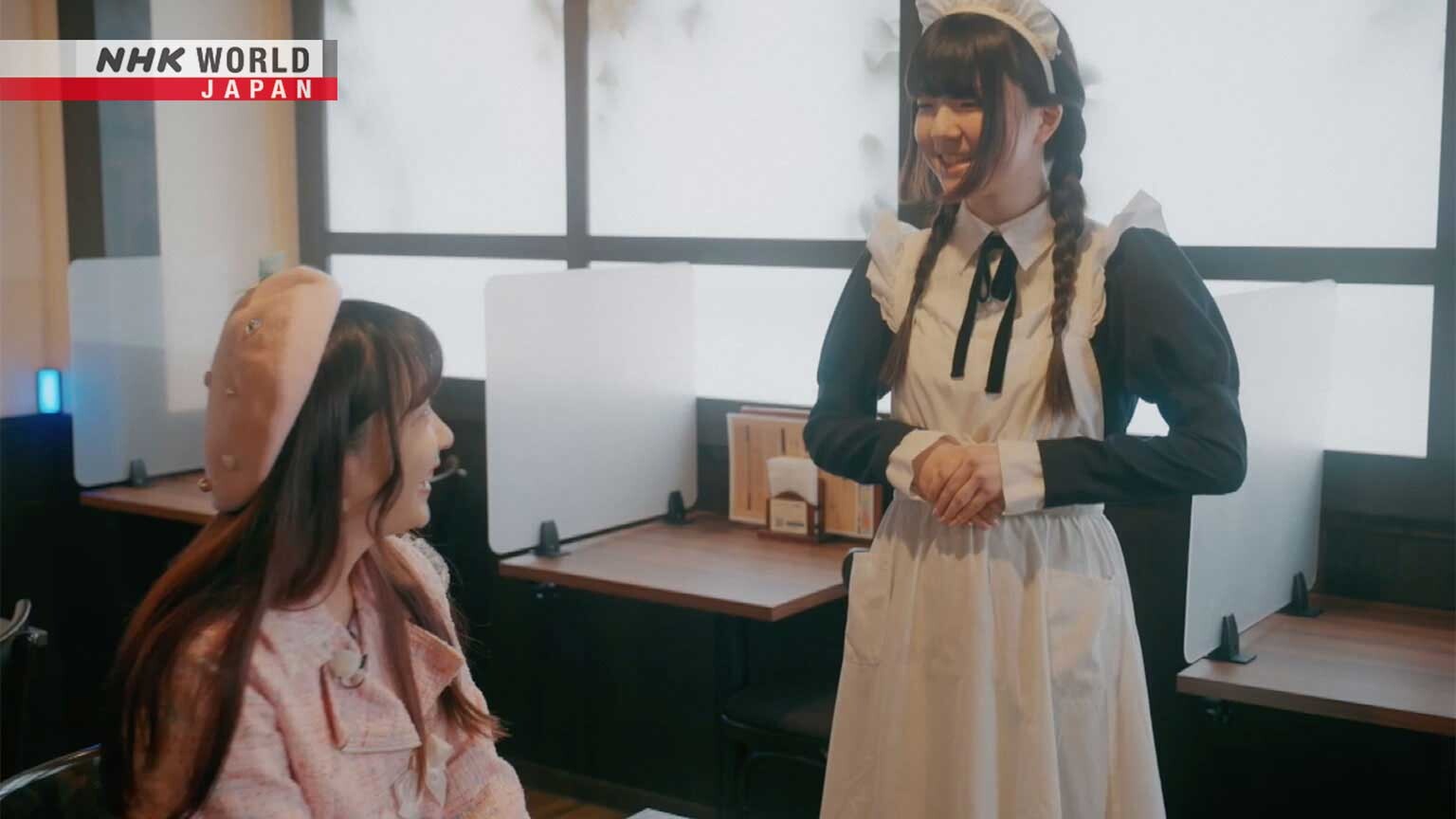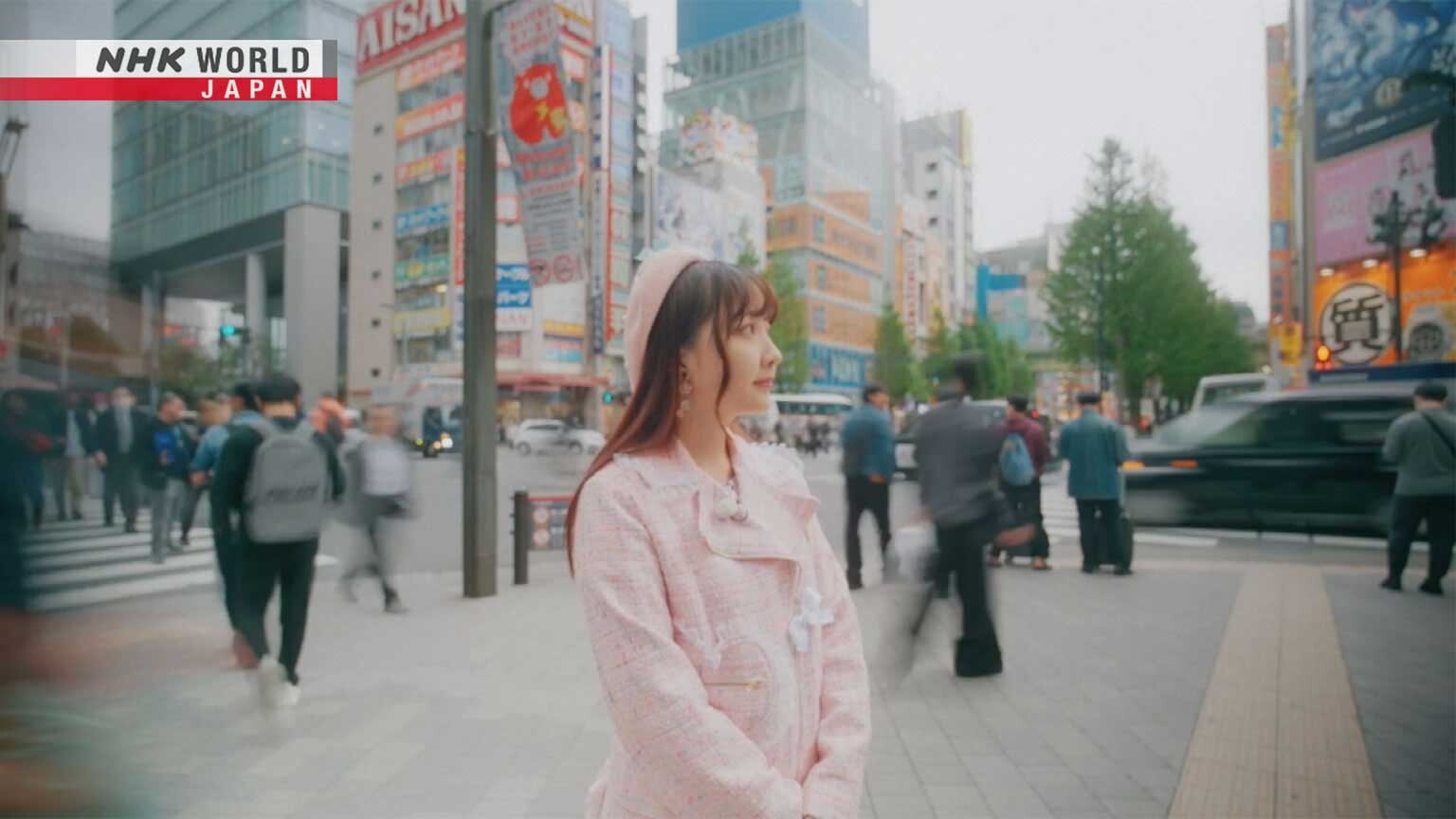Love Live! / AKIHABARA
"Anime Sanctuaries" is a show that takes you to the real-life locations behind your favorite anime. Episode one features the long-running series "Love Live!" and its setting - Akihabara in Tokyo.






Transcript
Japanese Anime has never been more popular in the world.
But, did you know that many of the settings depicted in them are based on real life locations?
To anime fans in Japan, these are known as "Anime Sanctuaries,"
and pilgrimages to these locations have exploded in popularity with people from all around the world.
It was reported in 2020 that as many as 1.5 million tourists had visited Japan to make these pilgrimages,
some even moving to Japan, because of their love of anime.
Anime is packed full of fascinating things about Japan.
This show will introduce you to the real life locations behind your favourite anime,
going deeper into their background to reveal hidden stories.
Welcome to "ANIME SANCTUARIES!"
This time, we're checking out one of Japan's most popular, long running series: "Love Live!"
The series is about a group of teenage girls in Akihabara, Tokyo, on a mission to save their school from closure.
The story follows their struggles, as they form a group called Muse, and attempt to become pop idols.
Akihabara is an area known for shops big and small, selling mostly electronics.
But it's not just electronics that it's famous for.
The region is also a hub for Japanese subculture, with shops for anime, manga, and games,
all catering for fans from around the world.
Hello, my name is Bing Bing.
I love Japanese animation. Now I'm living in Japan!
Bing Bing moved to Japan ten years ago from Dalian, in China.
Captivated by anime growing up, she came to Japan to fulfill her dreams of visiting anime sanctuaries.
So far, visiting over 100 of them in 47 prefectures throughout Japan.
I was interested in the locations as well as the things featured in the anime.
I felt like I had to go to Japan.
I hope to learn more about Akihabara by walking around today.
The locations in "Love Live!" are often based on very real places in Akiharabara,
with actual shop exteriors, spaces, and features, faithfully recreated by the background artists.
One of the characteristics of Japanese anime is that they often depict real places.
That doesn't really happen in animations from other countries.
By recreating everyday life, it shows that anime is not just fantasy but is also based in reality.
That's what makes it so great.
Akihabara itself appears in many anime.
Everywhere you look, you think, "Oh, I've seen this place before.
I know this place too."
For anime fans, they can see the real sites from the anime.
This is the place that one of the characters runs to in the ninth episode.
It's around this area.
The sign "Akihabara Idol Shop" is almost identical.
Oh, this shop is often in the anime!
I remember the girls handing out flyers here.
This is a secret rest spot. In the anime, you even see a train passing through.
Putting the characters in real-life backgrounds is a technique used in anime to increase realism,
and make the audience feel more immersed in the story.
But how did Akihabara become so famous for subculture in the first place?
Let’s take a moment to unravel its history.
This old, cluttered space, under the elevated railway station, is the Akihabara Radio Center.
There are places like this in Akihabara?
Wow!
The Radio Center is one of the oldest buildings left in Akihabara.
Scattered around the various stalls are rare electronics,
such as sound equipment, old cameras, and radio parts.
During World War II, Akihabara was burned to the ground by Allied air raids.
When the war finally ended in 1945, the area was rejuvenated as a thriving open air market,
known for selling electronic radio parts, as well as clothing and shoes.
Four years later, the occupying governing body ordered the abolishment of outdoor sales, in an effort to clean up the area.
As a result, street vendors gathered in newly-constructed buildings under the railway tracks, some of which still stand to this day.
- Hello.
- Hello.
Kikuchi Takashi has been selling radio parts, even before this building opened.
At 94, he is a living witness to the history of Akihabara.
We sold cables, capacitors, coils and such.
It was stuff I knew about well, so that's why we sold it.
They were a hit and sold very well at the time!
People at other stores in the region said, "That's a good idea!"
Over 60% of the shops imitated us by also becoming radio parts shops.
This was the beginning of Akihabara becoming an electronics town.
During the economic boom in the '80s and '90s, the area underwent another transformation,
developing into an electronics district unlike any other in the world.
One of the best-selling items in this electric town was home video games.
The popularity of anime characters, who were often the subject of those games, grew in unison,
which in turn attracted other subcultures, such as rare toys, collectibles, maid cafés, and underground "pop" idols.
"Love Live!" also features real items, that hint at the history of Akihabara.
There it is!
It's the canned oden from the anime.
I haven't tried it in a while!
Oden is a popular Japanese dish, consisting of vegetables and fish cakes cooked in a salty broth.
While these days Akihabara has a wide selection of restaurants to choose from,
it was noticeably lacking many eateries in the earlier years.
Consequently these easy-to-eat canned oden, as featured in "Love Live!," became a local specialty.
Such a satisfying sound!
If you've never had oden, you probably can't imagine the taste.
It kind of tastes like the ocean.
It takes its flavor from kombu seaweed.
This daikon is so soft and juicy.
I learned about this in "Love Live!"
To me it seems quite fancy!
That's funny!
There is another iconic Akihabara location that is depicted in "Love Live!"
Located on the fourth floor of an electronics store, this is Japan's first "maid café," which was established over 20 years ago.
In the anime, one of the main characters, Kotori, works at this very real store,
and as such, it's become a popular destination for fans.
Hello.
Wow, it's the same maid dress as the one in the anime. Cute.
- Please follow me.
- Thank you!
I'm so excited!
Enjoy this with sugar if you so please.
Do "Love Live!" fans often come here?
Yes, they do.
We usually have a lot of fans visiting.
Many come from overseas specifically for our Love Live collaboration tea.
For some fans of anime, eating the same food as their favorite characters has an extra special meaning.
Looks delicious.
It looks so good.
I can tell these eggs are very creamy.
I think it's really good.
It’s like fine dining!
The eggs are melting in my mouth.
For Bing Bing, she feels especially inspired by the "Love Live!" characters in her personal life...
Kotori,
you were the legendary maid “Minalinsky” all along?
The reason why Kotori became a maid was because she was shy in front of people.
She wanted to overcome her personal weaknesses.
I also couldn't speak Japanese that well when I first came.
To overcome that, I too became a maid in Akihabara for a while.
It's a place where you can relax for the whole day.
You can find tools to transform here. Anything is possible.
It was a really fulfilling day.
I got to see the beautiful backgrounds depicted in “Love Live!” in reality.
I also had a chance to see unique parts of Akihabara that I had never seen before.
I encourage everyone to come to Akihabara and make an anime pilgrimage.
To those who are thinking of going to anime sanctuaries:
Please be courteous and respectful to local citizens.
Do not disturb people in residential areas, schools, shrines, and other public facilities.
Be careful not to take photos in place where photography is prohibited.
A thought came to me as I was walking.
This fast paced, ever changing, ever evolving place
truly accepts us for who we are.
Now... to our stage.